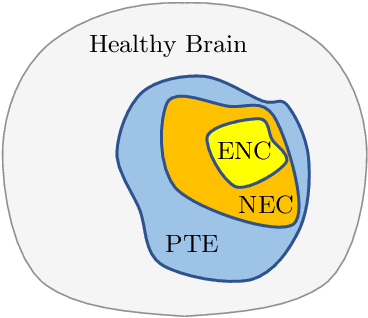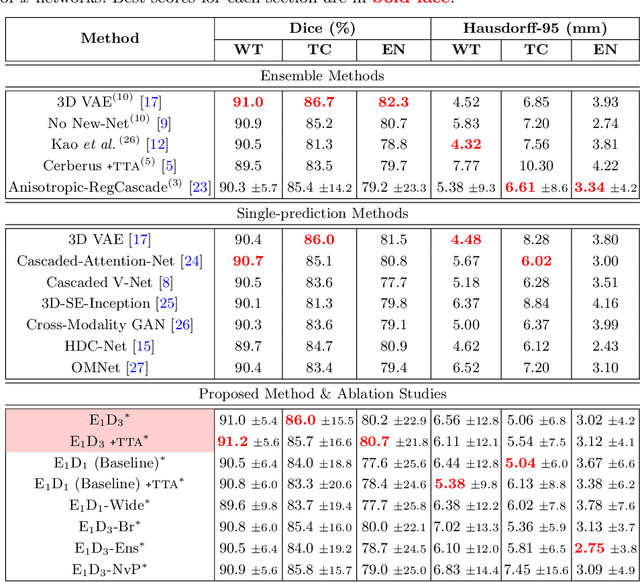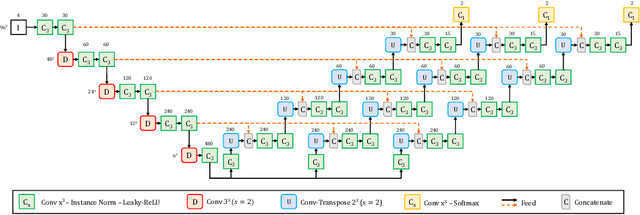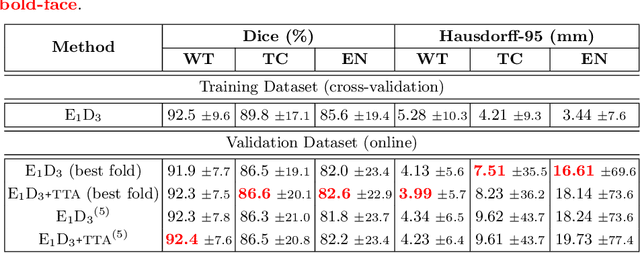E1D3 U-Net for Brain Tumor Segmentation: Submission to the RSNA-ASNR-MICCAI BraTS 2021 Challenge
Paper and Code
Oct 06, 2021



Convolutional Neural Networks (CNNs) have demonstrated state-of-the-art performance in medical image segmentation tasks. A common feature in most top-performing CNNs is an encoder-decoder architecture inspired by the U-Net. For multi-region brain tumor segmentation, 3D U-Net architecture and its variants provide the most competitive segmentation performances. In this work, we propose an interesting extension of the standard 3D U-Net architecture, specialized for brain tumor segmentation. The proposed network, called E1D3 U-Net, is a one-encoder, three-decoder fully-convolutional neural network architecture where each decoder segments one of the hierarchical regions of interest: whole tumor, tumor core, and enhancing core. On the BraTS 2018 validation (unseen) dataset, E1D3 U-Net demonstrates single-prediction performance comparable with most state-of-the-art networks in brain tumor segmentation, with reasonable computational requirements and without ensembling. As a submission to the RSNA-ASNR-MICCAI BraTS 2021 challenge, we also evaluate our proposal on the BraTS 2021 dataset. E1D3 U-Net showcases the flexibility in the standard 3D U-Net architecture which we exploit for the task of brain tumor segmentation.
 Add to Chrome
Add to Chrome Add to Firefox
Add to Firefox Add to Edge
Add to Edge